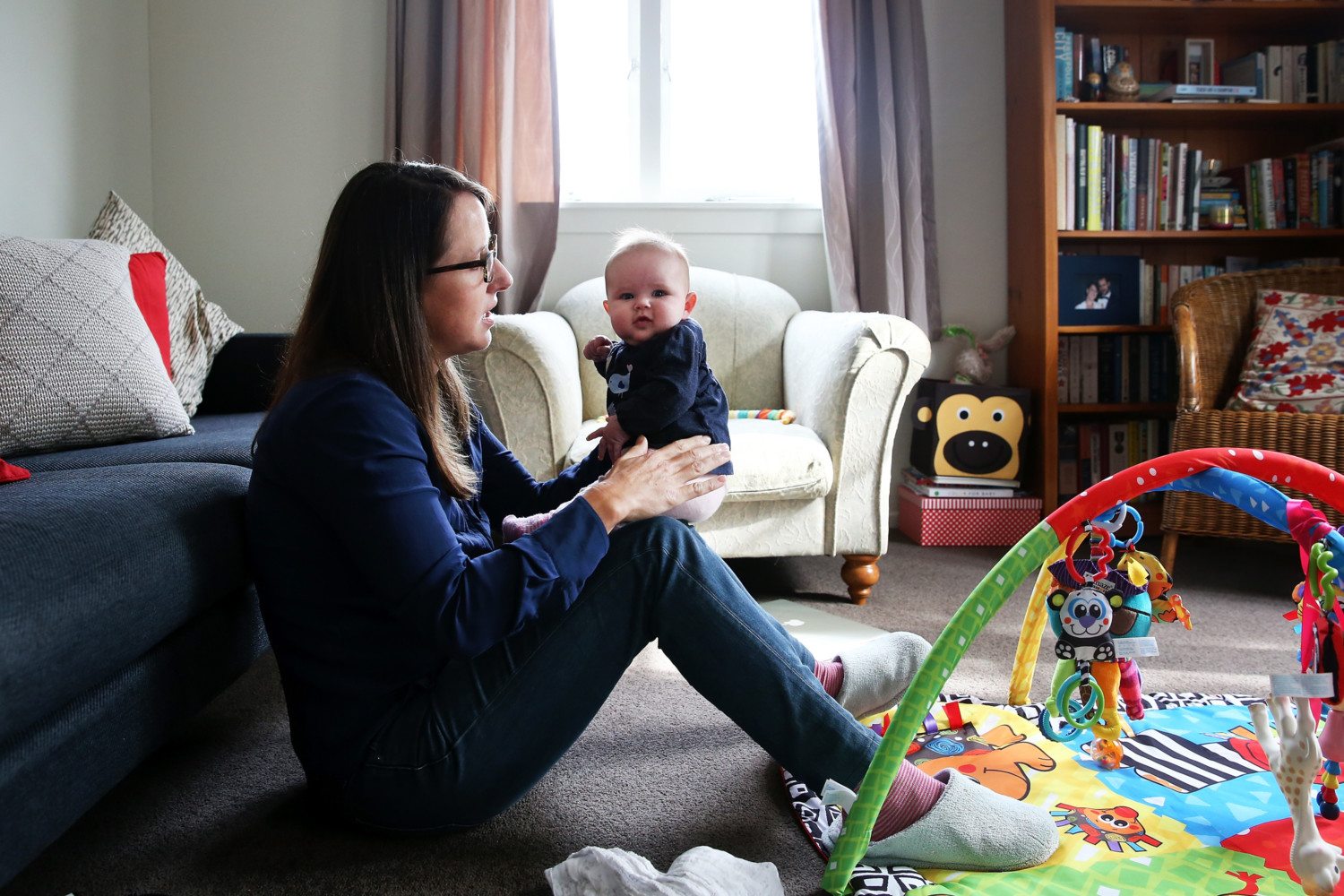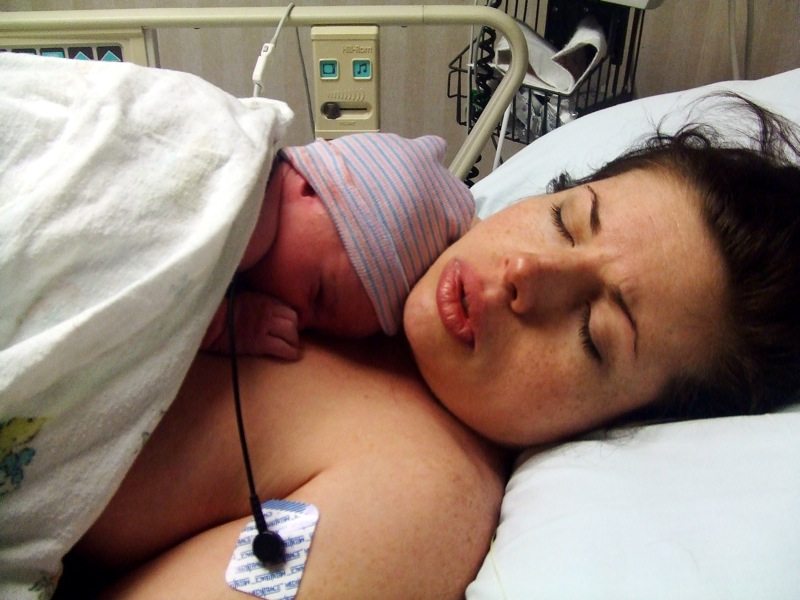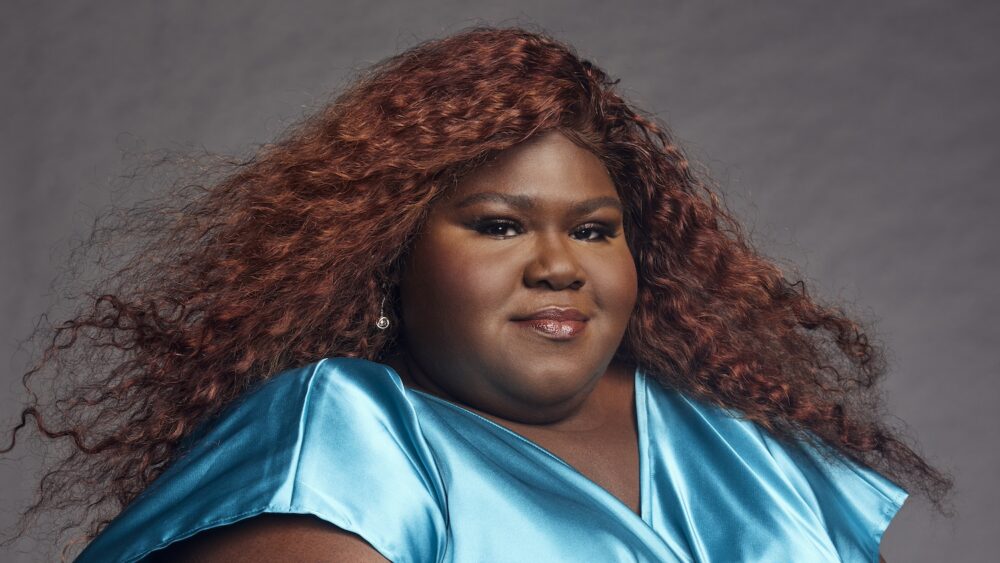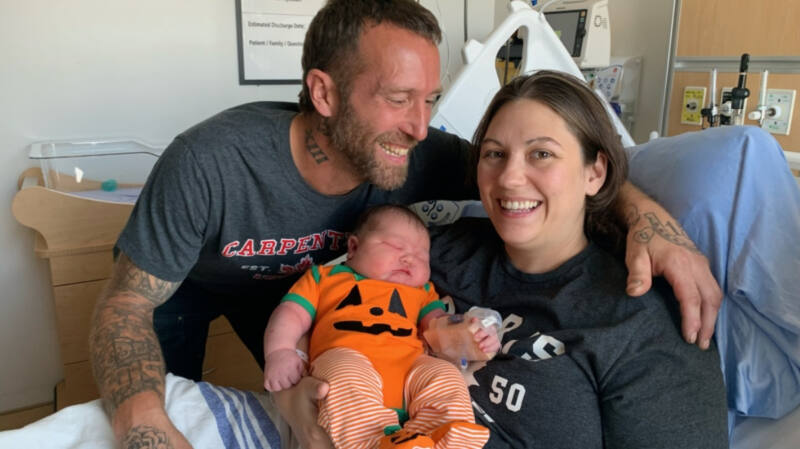Study finds C-sections linked to hysterectomy complications later in life
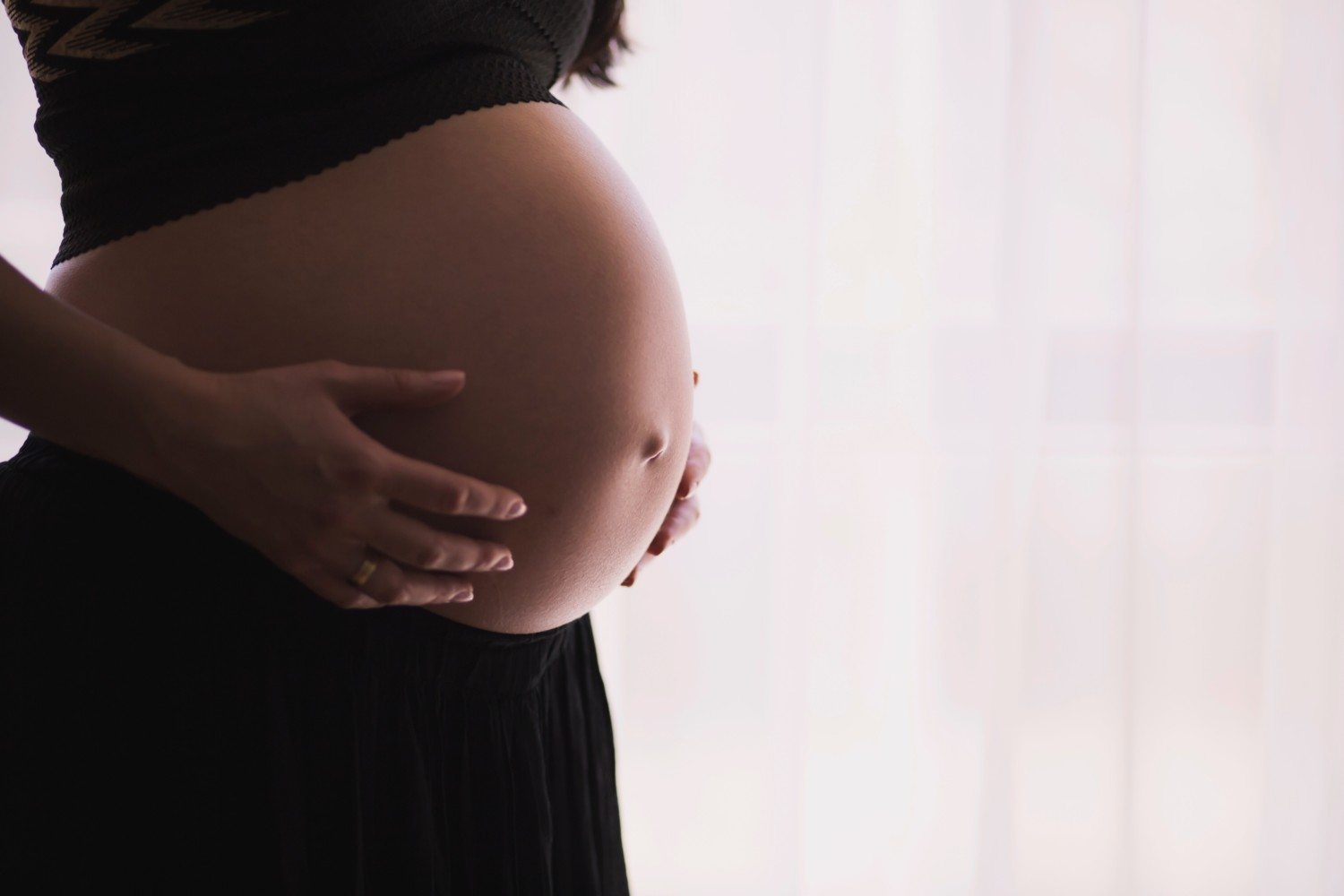
Having a C-section delivery significantly increases the risk of complications among women who have hysterectomies later in life, a new scientific study has found.
The research, published by JAMA Surgery, is especially significant given that caesarean delivery, or C-section delivery, is the most common major surgery performed in the world whose use is only increasing. In fact, the global average of C-sections is estimated to be nearly 19 percent, according to the study. That rate is even higher in the United States, though, with nearly one-third of babies delivered via C-sections, according to the Centers for Disease Control and Prevention.
Despite being such a common practice, there’s been little research up until now on how having a C-section can affect women later in life.
For the study, researchers in Denmark used nationwide data to track all women who gave birth for the first time between January 1993 and December 2012 and then underwent benign hysterectomies between January 1996 and December 2012. Benign hysterectomies are those that don’t involve cancer. Typically, the surgery is done to address abnormal uterine bleeding or to remove uterine fibroids.
The study found that the women who gave birth vaginally had a 4.4 percent chance of needing a second surgery in the 30 days after a hysterectomy. However, those who’d had a C-section were at much higher risk of needing an additional surgery. The researchers adjusted for factors including age, income and other medical conditions and found the risk of needing a second surgery was 31 percent greater for women who’d had one C-section in the past. It was 35 percent greater for women who’d had two or more.
The study also showed that women who’d had two or more C-section deliveries in the past were more likely to need a blood transfusion when undergoing their hysterectomy.
There are several instances in which a C-section may be necessary, according to the National Institutes of Health (NIH). Those could include incidences when labor starts too early, an umbilical cord becomes pinched, the baby is breech or the mother has a medical condition.
But the NIH has been raising concerns about the rise in non-necessary C-sections. Among the driving factors are economical pressures as doctors can schedule and perform the surgery in an hour, compared to vaginal births, where labor can last much longer.
If you’re curious how you can prevent having a C-section, Consumer Reports recommends researching hospital’s C-section rates. They’ve created a tool so you can look up hospital C-section rates but, because data is being updated, you won’t be able to use it again until September. You could ask your provider about the hospital’s C-section rates, Consumer Reports suggests.
Consumer Reports also suggests having a conversation with your doctor, letting him or her know if you prefer a vaginal delivery and would want to avoid a C-section unless absolutely necessary.
[h/t: Consumer Reports]


